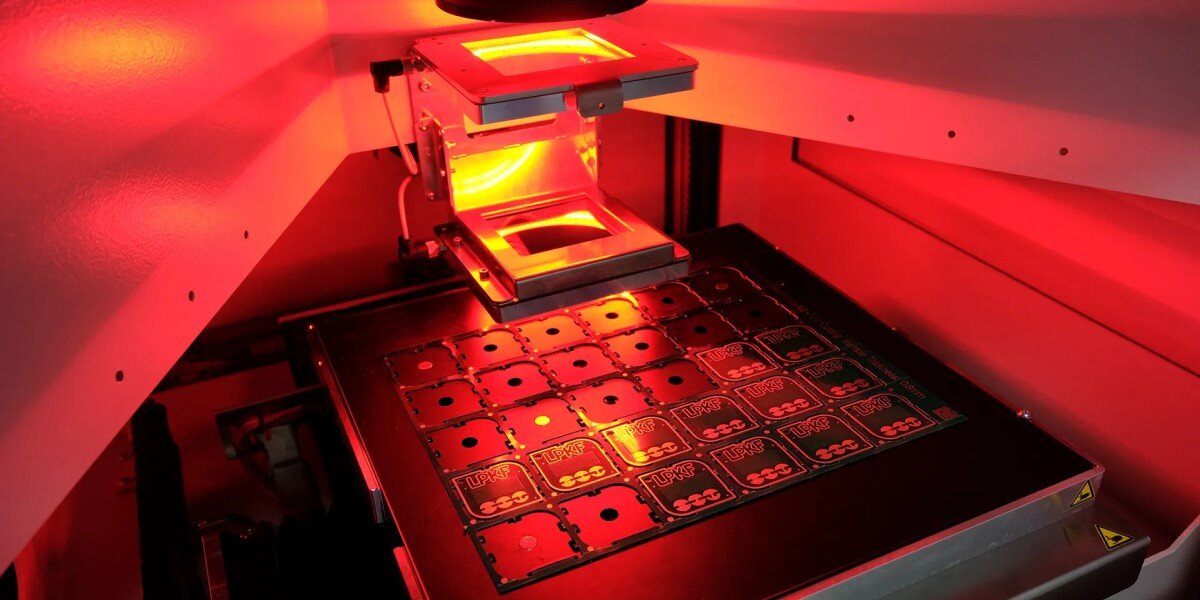Outsourcing an electronic printed circuit board assembly (PCBA) is usually a simple and well-defined process. Just hand over the Gerber files, the CAD and a bill of materials (BOM) and away you go.
But Box build, or top level assembly, can be less well defined. This blog post explores what information you need to give an EMS to get an accurate quote for the work you want to outsource.
What is a box build assembly?
A box build can mean many things to different people - from a PCBA in a small enclosure, to a large cabinet full of wires, or a complex, fully-integrated electro-mechanical system with electronics and pneumatics. If you want to outsource a box build you’ll need to give as much information as possible about your expectations so your potential partner can accurately estimate what will be required.
3 requirements for a box build assembly quote
Specifications, will of course, evolve over time and be improved and adapted in collaboration with your partner, but the more detail you can give at the beginning of the process the more accurate their pricing and timelines will be.
So what are the basics you will need to share with your electronic manufacturing services (EMS) provider for a box build quote?
1. Required materials
The first thing your EMS provider will ask for is a BOM. This should include all the main components and should clearly define what materials the EMS provider will source and, where appropriate, what will be "free issued" from you.
You'll also want to think about what to do with the smaller items: the nuts and bolts, washers, tie wraps, heat shrink, adhesives and so on. Are you going to define these, or let your supplier decide?
The same can go for wires and their identifiers. While these are often considered consumables, they still have a cost and need purchasing, so must be defined somewhere to avoid unexpected cost increases and/or production delays.
Component drawings, particularly for "drawn" or bespoke items, should have tolerances and finishes clearly specified. Leaving these things open to interpretation could cause problems with assembly or quality control later - so it’s best to specify exactly what you need.
2. Assembly requirements
Where possible provide 3D CAD models, as this helps to visualise how the product goes together. Many CAD packages offer free drawing viewers.
More advanced EMS providers are likely to have their own CAD packages to help convert drawings into build instructions (and to enable them to update the drawings if required and agreed by you).
A layout drawing showing where major components will go - routing of cables and so on - should also be included. This might be important to you for servicing, for example, or for design compliance reasons.
Ideally, too, you will be able to provide detailed build instructions - and particularly in the case of an existing product that is already being manufactured.
This may not always be so straight forward, however, if a product has been manufactured "in house".
And for new products, some systems are so complex that it can be challenging to complete a design on paper, or even in 3D CAD.
Sometimes an element of design and development has to happen as the first products are made.
When a large amount of labour, space or specialist tools are required, it can make sense to outsource prototype builds rather than build them in house.
It also gives your assembly partner a chance to learn about the product and to hit the ground running when full production starts. Naturally you’ll need to choose an EMS supplier that can assist with this development rather than just "build to print".
For electrical systems, schematics (circuit diagrams) will be required.
Your manufacturing partner should decide on the best build method (for example whether to opt for point to point wiring or pre-prepared cables/looms) and they will produce cutting lists accordingly.
Again, try to provide these in an electronic format whenever possible.
A sample unit is always helpful, and can often be the main source of information if the drawings are incomplete. In this case though you’ll definitely need a provider that can engineer and create the drawings for you to ensure consistent builds in future.
Let your EMS provider know the size and weight of the unit. This is important not only for shipping but also storage and handling through the build process.
You also need to consider how you need the finished product packed and transported; do you need special boxes or a standard shrink wrap and pallet, for example?
3. Test requirements
Last – but certainly not least – think about test. For electrical systems you should at the very least specify basic electrical safety testing - e.g. earth bond and flash tests.
Consider too whether you may want them to do some functionality testing as well, or perhaps factory acceptance testing by your staff before shipment to an end customer.
Or perhaps a visual inspection will be sufficient?
Seek advice from your EMS provider if required, as they will have the knowledge and experience of what works best.
Outsourcing box build assembly inevitably requires close cooperation between customer and suppliers. It can also tend to be an evolving process as a new product goes into manufacture.
But by providing the right information to your EMS partner, at the very start, you’ll have the peace of mind of knowing that everyone understands what is required.



